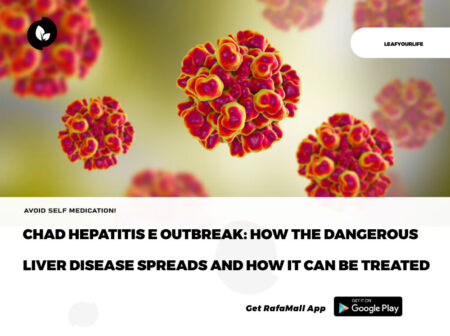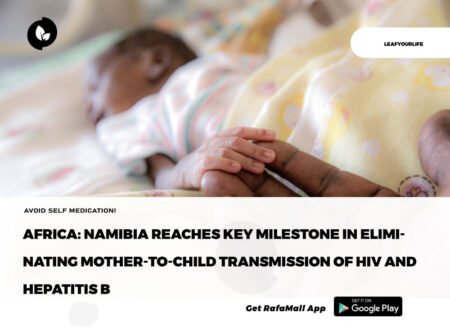
Breast Cancer Awareness Month serves as a poignant reminder of the importance of early detection and effective treatment for this prevalent form of cancer. In this comprehensive article, we will delve into what breast cancer is, its signs and symptoms, the underlying pathophysiology, conventional treatments like chemotherapy and radiotherapy, as well as alternative approaches from African herbal medicine and Chinese remedies. Specifically, we’ll focus on the therapeutic potential of Catharantus roseus (Madagascar Periwinkle) and Anona muricata (Soursop). Additionally, we will explore the pharmacology of Vincristine in Catharantus roseus and the active ingredient, acetogenin, in Anona muricata, concluding with a message of hope and awareness.
I. What is Breast Cancer?
Breast cancer is a type of cancer that originates in the cells of the breast. It can occur in both men and women, but it is far more common in women. The disease typically begins in the milk-producing glands (lobules) or the ducts that carry milk to the nipple.
II. Signs and Symptoms:
Early detection is crucial for successful treatment. Common signs and symptoms of breast cancer include:
- A lump or thickening in the breast or underarm.
- Changes in breast size, shape, or appearance.
- Unexplained pain in the breast or nipple.
- Skin changes on the breast, like redness, dimpling, or puckering.
- Nipple discharge other than breast milk.
- Changes in the nipple, such as inversion or flattening.
III. Pathophysiology of Breast Cancer:
Breast cancer usually develops from genetic mutations that cause abnormal cell growth. These mutations can be inherited or occur due to environmental factors. The abnormal cells form a tumor, which can invade nearby tissues or spread to distant parts of the body.
IV. Diagnosis:
Early detection involves a combination of screening methods:
- Mammography: X-ray images of the breast tissue to detect abnormalities.
- Clinical Breast Exam: A physical examination by a healthcare provider.
- Breast Self-Exam: Regular self-checks to identify any changes.
Definitive diagnosis is confirmed through a biopsy, where a sample of tissue is examined under a microscope.
V. Orthodox Treatment/Management:
a. Chemotherapy:
- Chemotherapy uses drugs to kill or slow the growth of cancer cells. It can be administered orally or intravenously and is often used in combination with other treatments.
- Vincristine in Catharantus roseus (Madagascar Periwinkle):
- Active Compound: Vincristine
- Pharmacological Action: Inhibits cell division by binding to microtubules, preventing the formation of the mitotic spindle, thus halting cell proliferation.
b. Radiotherapy:
- Radiation therapy uses high-energy rays to target and kill cancer cells. It’s effective in shrinking tumors and preventing the spread of cancer.
VI. Alternative Approaches:
a. African Herbal Medicine:
- Traditional African medicine offers a rich source of potential treatments. Plants like Catharantus roseus (Madagascar Periwinkle) and Anona muricata (Soursop) have shown promising anti-cancer properties.
b. Chinese Medicine:
- Traditional Chinese medicine incorporates various herbs and treatments. Herbs like Camptotheca acuminata (Happy Tree) and Artemisia annua (Sweet Wormwood) have shown anti-cancer potential.
VII. Herbal Pharmacology:
- Catharantus roseus (Madagascar Periwinkle):
- Active Compound: Vincristine
- Pharmacological Action: Inhibits cell division by binding to microtubules, preventing the formation of the mitotic spindle, thus halting cell proliferation.
- Anona muricata (Soursop):
- Active Compound: Acetogenins
- Pharmacological Action: Acetogenins inhibit the complex I of the mitochondrial electron transport chain, leading to decreased ATP production, which selectively targets cancer cells.
VIII. Conclusion:
Breast cancer, though a formidable foe, can be overcome with early detection and appropriate treatment. Conventional therapies like chemotherapy and radiotherapy are highly effective, but alternative approaches from African and Chinese medicine offer intriguing avenues for further research. Promising plants like Catharantus roseus and Anona muricata hold potential for future cancer treatments. Through awareness, research, and collective effort, we can continue to make strides towards a world free from the burden of breast cancer.











